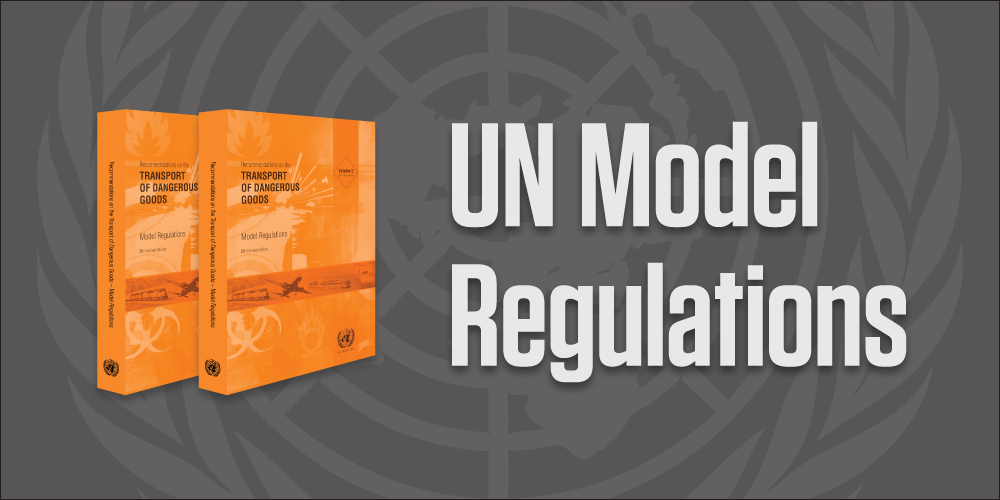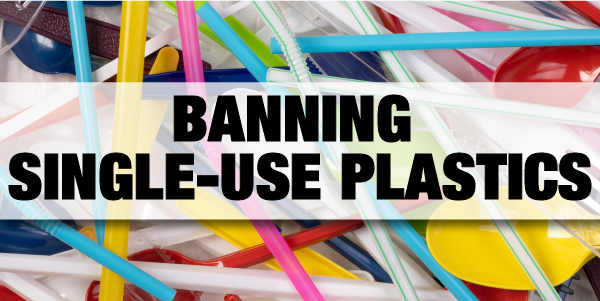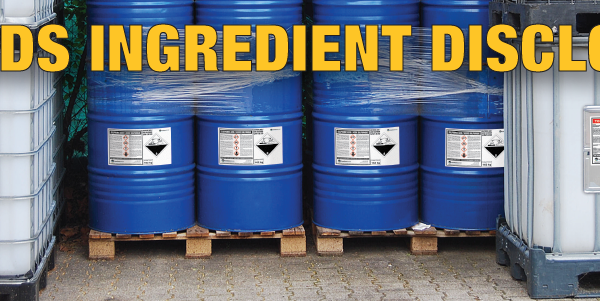
2017 (20th Edition) – Highlights Changes
Those who follow the IATA DGR will have an idea of many of the changes resulting from the UN Recommendations expected to result from the changes in the 20th Edition of the commonly titled “Orange Book”.
Those who work with other modal/government regulations may not be familiar with changes that will likely follow in those regulations as all or part of the amended Model become incorporated.
Changes in Terminology
As often happens, terminology changes were introduced to this edition to clarify or technically improve concepts covered by the regulations. Throughout the document the term “risk” has been replaced by “hazard” to reflect the intent of referring to a danger.
Similarly, most references to “devices” now refer to “articles” which is defined in 2.0.5.1 as including “machinery, apparatus or other devices”.
New UN Numbers
UN3535 to UN3548 have been added to the collection:
- UN3535 refers to “TOXIC SOLID, FLAMMABLE, INORGANIC, N.O.S.”
- UN3536 is a new “LITHIUM BATTERIES INSTALLED IN A CARGO TRANSPORT UNIT” applicable to either ion or metal-based batteries.
- UN3537 through UN3548 cover a sequence of listings for “ARTICLES CONTAINING…, N.O.S.” applicable to a variety of Class 2-5, 6.1, 8 and 9 dangerous goods.
The additional entries result in related changes to classification sections and special provisions.
Lithium Everywhere
As we’ve seen over the last few years regulation of lithium battery regulations continues to evolve.
The concept of “equipment” in the sense of lithium batteries is clarified in SP188 to mean an apparatus that will have power provided for its operation by the battery.
New packaging instructions have been included for damaged/defective lithium batteries that have the probability of vigorous decomposition (further described in SP 376) have additional packaging requirements as outlined in P911 and LP906.
Articles containing dangerous goods with classes other than lithium batteries, but which also contain lithium batteries, will require the lithium battery caution mark.
Provision is also made (SP 387) for situations where lithium ion batteries are charged exclusively by incorporated lithium metal batteries, and the sole purpose of the lithium metal batteries is to charge the lithium ion.
SP 384 has been updated to harmonize with other state/modal placarding requirements in specifying that, despite the new 9A label, the standard Class 9 placard applies for use with lithium batteries.
Classifying Corrosives – Bridging and Calculation
Harmonization with GHS gets closer as §2.8 has been expanded to allow classification of mixtures or solutions within Class 8 in the absence of specific substance test data.
(Note that unlike some regulations the Orange Book defines substances , in 2.0.1.1, as “including mixtures and solutions”)
Provision is made for a step-wise approach to determining packing groups. When actual data on the complete substance is not available, classifiers may proceed to §2.4. This new section allows consideration of bridging principle estimates based on similar known mixtures; or calculated corrosivity when data are available on all ingredients.
Additional Changes
Changes have been made to classification of explosives, ammonium nitrate, qualification and assignment of packing group to UN3316 ” … KITS”.
“TEMPERATURE CONTROLLED” must be added to the shipping name of substances which require such controls when it is not already part of the name.
A note in s. 5.1.1.2 reinforces the GHS prohibition on using pictograms that are not part of a complete GHS label- i.e. these cannot be used to replace required DG placards, or in addition to DG markings as a partial identification of GHS-regulated substances that are on-board a vehicle.
The description under each specimen label has been relocated to a table format in s. 5. Labels, including the 2mm inner border, may be reduced proportionately to fit the package size.
Recent Corrections
The UN Sub-Committee of Experts on the Transport of Dangerous Goods (TDG) published a few corrections, to the 20th Edition of the Orange Book, dated January 15, 2018.
Most of these refer to clarification of wording, including some changing the word order in the proper shipping name for UN3543.
These changes and others related to potential amendments may be downloaded at:
http://www.unece.org/trans/main/dgdb/dgsubc3/c3rep.html






 ICC USA
ICC USA ICC Canada
ICC Canada